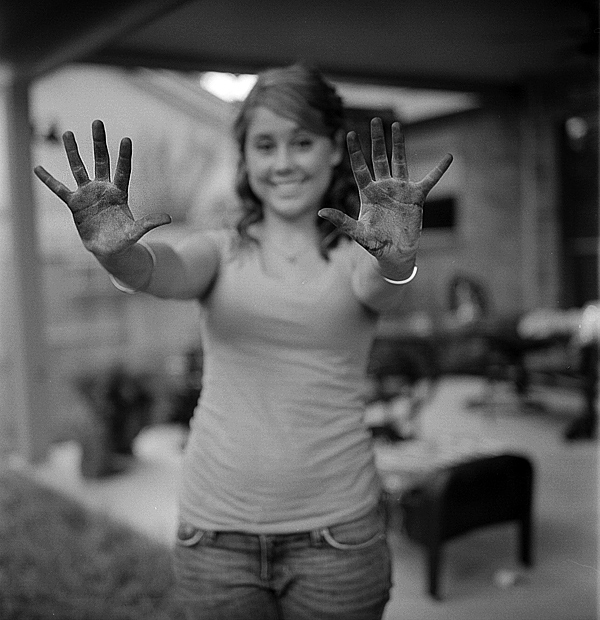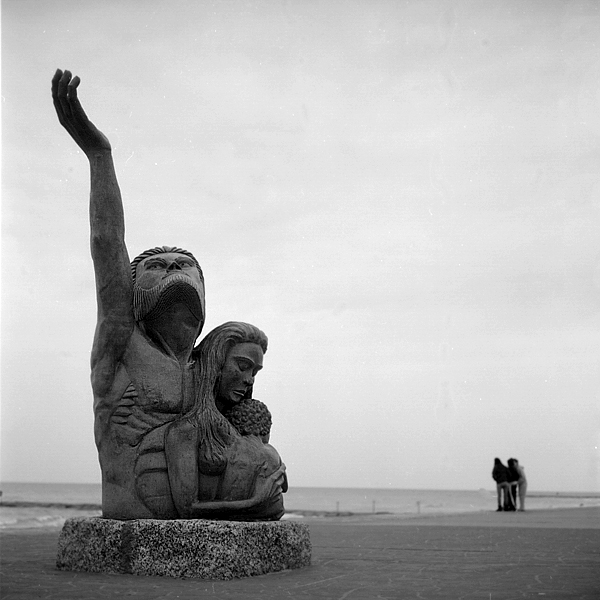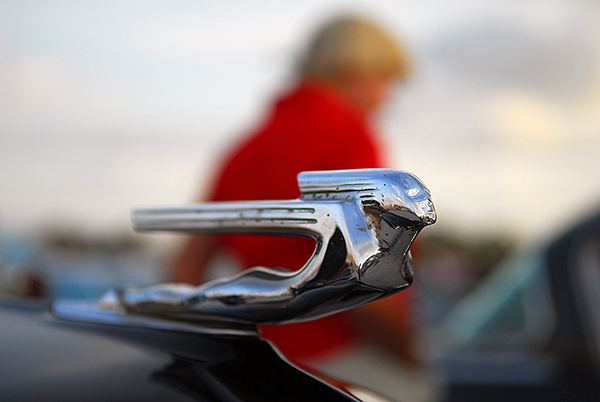-doomed-
film is exciting
Shallow depth of field is often the refuge of the unskilled amateur , I speak from my early jump from the digital point and shoot to a canon 20d with a plastic fantastic 50mm 1.8, I shot that thing wide open nearly all the time. Why? because I could, I thought that made every photo better, I had no idea what bokeh or oof even meant. I eventually realized that those shots weren't made any better by the shallow dof , they were just bad shots in general.
I bought a fixed lense RF and decided I wanted to learn photography instead of my typical guess and hope the AF took care of the focus and the auto exposure figured out the light.
This forum has plenty of talent on it, and I've learned a great deal from people on here even though I never asked them for the help , I just read and tried what I learned , if it worked for me it became a tool for me to use.
Needless to say after the rather wordy lead up to this end, i use shallow dof sparingly now , as long as I can get a sharper image by using a smaller aperture that I can handhold, I do.
Overuse of shallow dof seems to me as much of a part of the learning process as anything else , use it like crazy at first , realize theres a time and a place , then use it as needed.
Gimmick , bling , cheap tricks , call it what you will. If it works use it and if its not right for the situation don't.
Im no pro , I'd consider myself a glorified snapshot maker.
I bought a fixed lense RF and decided I wanted to learn photography instead of my typical guess and hope the AF took care of the focus and the auto exposure figured out the light.
This forum has plenty of talent on it, and I've learned a great deal from people on here even though I never asked them for the help , I just read and tried what I learned , if it worked for me it became a tool for me to use.
Needless to say after the rather wordy lead up to this end, i use shallow dof sparingly now , as long as I can get a sharper image by using a smaller aperture that I can handhold, I do.
Overuse of shallow dof seems to me as much of a part of the learning process as anything else , use it like crazy at first , realize theres a time and a place , then use it as needed.
Gimmick , bling , cheap tricks , call it what you will. If it works use it and if its not right for the situation don't.
Im no pro , I'd consider myself a glorified snapshot maker.











